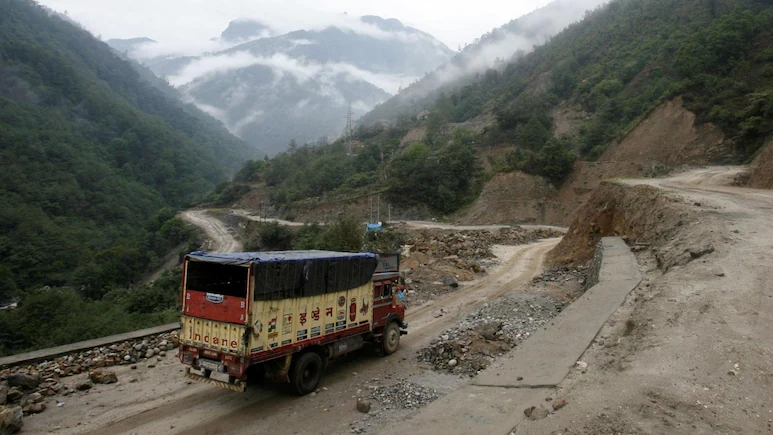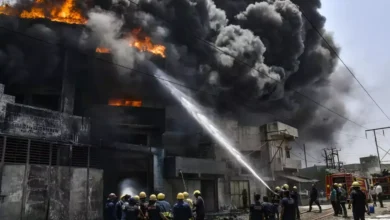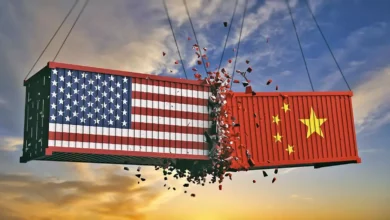India Reminds China Of The “Undeniable Reality” Of Arunachal Pradesh
China, which considers Arunachal Pradesh to be its own territory, has frequently issued maps with some locations within the northeastern state being renamed.

New Delhi:
India has again made a forceful counter to China’s efforts to rename some locations in Arunachal Pradesh, which Beijing calls “Zangnan,” or southern Tibet. The Ministry of External Affairs (MEA), in response to a new series of Chinese place-naming efforts, dismissed the exercise as futile and restated India’s position on the state’s status.
“We have observed that China has continued with its futile and absurd efforts to label locations in the Indian state of Arunachal Pradesh,” MEA spokesperson Randhir Jaiswal said on Wednesday. “In line with our principled stand, we reject such efforts outright. Imagination-based naming cannot change the indisputable fact that Arunachal Pradesh was, is, and will forever be an integral and inalienable part of India,” the External Affairs ministry said in a press release.
China, which asserts Arunachal Pradesh as its territory, has repeatedly issued maps renaming several locations within the northeastern state. In 2024, China issued a list of 30 new names of different locations in Arunachal Pradesh, which India outrightly dismissed.
The border conflict between India and China over Arunachal Pradesh has been a long-standing irritant. The state borders China’s Tibet Autonomous Region. Beijing asserts the state as historical Tibet, while New Delhi has governed it as part of India since independence in 1947 and the subsequent consolidation of its northeast.
The border conflict regarding Arunachal Pradesh in recent years has been followed by debates over the harnessing of water resources in the region. This is centered around China’s move to build what would be the world’s largest hydroelectric dam on the Yarlung Tsangpo river in Tibet’s Medog County-just as the river makes a bend and enters India as the Siang, and further downstream becomes the Brahmaputra in Assam.
Tapir Gao, MP and state BJP unit president, had last month termed the Chinese project a “water bomb”. “China has already made up its mind to build a dam that will be capable of generating 60,000 MW of power. This won’t be a dam, but a water bomb against India and other lower riparian nations,” said Mr Gao.
The BJP MP remembered the June 2000 floods, which he said were caused by a similar upstream release of water and destroyed more than a dozen bridges in Arunachal Pradesh. “If China wants to release water from the dam in the future, Arunachal Pradesh, Assam, Bangladesh and other nations of South East Asia will be ruined,” he cautioned.
He also favored the building of a counter-balancing dam in Arunachal Pradesh to control downstream disaster risks that might occur due to the sudden release of water from the Chinese side.






